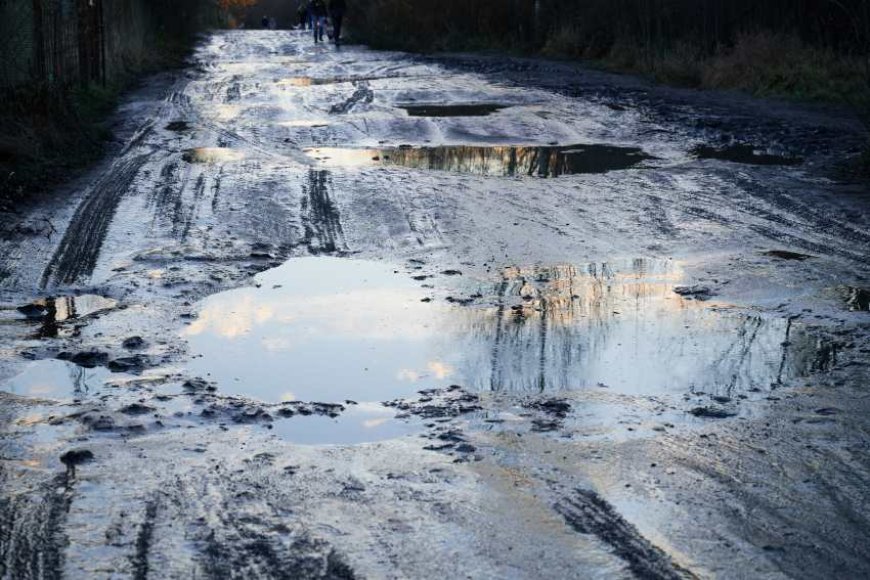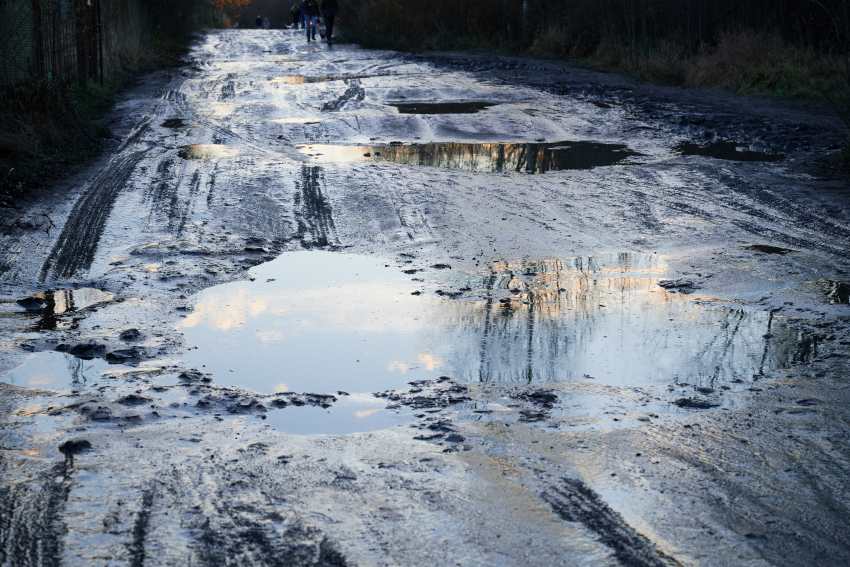Monsoon Disruptions: How Flooded Roads and Potholes in UK Threaten Travel and Tourism in Major Towns Like Manchester, Liverpool, Bristol, London, Edinburgh And More- Here’s All New Information You Must Know Before Planning


The monsoon season in the United Kingdom has brought devastating consequences, not just for daily commuters but also for the travel and tourism sectors. With roads severely affected by flooding, potholes, and damage, major towns like Manchester, Liverpool, Bristol, London, Edinburgh, Birmingham, Cardiff, and Cambridge are now grappling with hazardous conditions that threaten smooth travel. While local authorities are focused on making repairs, the impact of these disruptions on both the daily commute and tourism cannot be overlooked. This article delves into the ongoing situation and its wider implications for both residents and travelers.
The Widespread Damage Across Key UK Towns
During the ongoing monsoon season, many parts of the UK have witnessed substantial rainfall, leading to widespread damage to infrastructure. The road networks, especially in towns that are major tourist hubs, have faced significant deterioration. Potholes have emerged as one of the primary hazards, causing travel delays and making the commute hazardous for both locals and visitors.
Towns like Manchester, Liverpool, Bristol, London, Edinburgh, Birmingham, Cardiff, and Cambridge, which are well-known travel destinations, are now struggling with deteriorating road conditions. These regions, which thrive on tourism, are experiencing the dual threat of infrastructural decay and potential losses in tourism revenue due to the inability to safely accommodate travelers.
Travel and Tourism: A Growing Concern
Travelers heading to UK’s picturesque towns are now facing a difficult situation. Tourism, which is heavily reliant on road travel, has seen a sharp decline in the region. The appeal of these destinations rests not only on their cultural richness and scenic beauty but also on easy accessibility. With roads being washed out by the monsoon floods and potholes causing further delays, visitors are finding it increasingly difficult to explore these towns.
For regions like London and Edinburgh, known for their rich history and iconic landmarks, the monsoon-related road conditions are particularly devastating. The roads, which usually provide easy access to major tourist attractions, have been marred by large craters and damage from flooding. This has caused many travelers to reconsider their plans, leading to cancellations or delayed arrivals, affecting the local tourism industry.
Moreover, Bristol, Birmingham, Cardiff, and Cambridge, which are known for their vibrant arts scenes, historic sites, and educational institutions, are also facing reduced foot traffic as the monsoon rains create unsafe road conditions. These towns depend significantly on the steady flow of tourists, particularly in the post-monsoon months when visitors flock for sightseeing and cultural experiences. Now, with damaged roads blocking easy access to tourist spots, the economy of these areas is under threat.
Safety Hazards on the Roads
The impact of the monsoon rains on road safety cannot be overstated. In addition to creating hazards like potholes and broken surfaces, the heavy rain has contributed to flooding, making the roads treacherous. Motorists and passengers navigating these roads face considerable risks. For tourists unfamiliar with the local routes, these conditions pose an even greater danger.
Reports indicate that many vehicles have been stranded or forced to take longer routes due to the road damage, causing a significant rise in travel times. In an area where roads are already poorly maintained, the rains have exacerbated the situation, leaving travelers with limited options.
Monsoon’s Economic Impact on Local Communities
For towns heavily reliant on tourism, the economic impact of these disruptions is expected to be severe. The tourism sector, which contributes significantly to the local economies of Manchester, Liverpool, Bristol, London, Edinburgh, Birmingham, Cardiff, and Cambridge, is struggling to cope with the downturn caused by the monsoon. Tour operators, hoteliers, and local businesses that cater to tourists have reported a significant drop in bookings.
Even local businesses that rely on the steady flow of visitors for their income are witnessing a decline in revenue. Restaurants, souvenir shops, and other small businesses are seeing fewer customers as the roads become increasingly difficult to navigate.
Additionally, the hospitality sector is facing challenges as tourists cancel their stays or alter their plans. Hoteliers are concerned about the long-term impact of the monsoon rains on bookings, with fears that the post-monsoon recovery period may be delayed due to the ongoing infrastructure issues.
Government Response: Promises of Repairs
Local authorities in the affected regions have been quick to acknowledge the damage caused by the monsoon. Promises of repairs have been made, with assurances that roadwork and restoration efforts will begin once the rains subside. However, these efforts may come too late for some businesses that are already feeling the effects of reduced tourism.
The government has also indicated that funds will be allocated to improve the drainage systems and strengthen the road infrastructure in the affected towns. While these promises are welcome, the question remains whether the repair work will be completed before the next monsoon season arrives.
Long-Term Implications for UK’s Travel and Tourism Industry
The situation in Manchester, Liverpool, Bristol, London, Edinburgh, Birmingham, Cardiff, and Cambridge is a microcosm of the broader issues facing the UK’s travel and tourism industry in the wake of severe weather patterns. As monsoon seasons become more unpredictable due to climate change, towns that rely on road travel are likely to face similar challenges in the future.
The focus now needs to shift towards building more resilient infrastructure that can withstand the effects of extreme weather. For travelers, this may mean an increased emphasis on planning trips around weather patterns, checking road conditions, and finding alternative means of travel to avoid disruptions.
Navigating the New Normal for Tourists
For those planning to visit these affected towns in the near future, caution is advised. It is essential for travelers to check the status of road conditions before embarking on their journey. With the unpredictability of the monsoon season, it is better to plan for flexibility in travel dates and routes.
For tourism operators, this situation could lead to a shift towards alternative forms of travel, such as guided tours that include private transport or even exploring options like train or air travel to bypass hazardous roads. Similarly, local businesses might want to explore alternative revenue streams, such as offering virtual tours or promoting off-peak travel.
Conclusion
As the monsoon season continues to wreak havoc on roadways across major towns in the UK, the ripple effect on travel and tourism is becoming more evident. While the immediate concern for commuters is safety, the long-term repercussions for the tourism industry are profound. With infrastructure in need of significant repairs and an uncertain weather future, it is clear that a more strategic approach is needed to mitigate the impact of extreme weather conditions.
In the interim, travelers and tourism operators must adapt to the challenges posed by the current state of the roads, taking extra precautions and considering alternative methods of transportation. With local authorities promising repairs, there is hope that the damage can be addressed in time to restore safe travel conditions and revive the tourism industry in the affected areas.
The post Monsoon Disruptions: How Flooded Roads and Potholes in UK Threaten Travel and Tourism in Major Towns Like Manchester, Liverpool, Bristol, London, Edinburgh And More- Here’s All New Information You Must Know Before Planning appeared first on Travel And Tour World.






